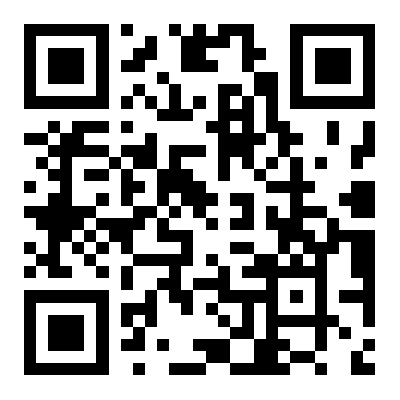Cluster Missile‐Inspired Dynamic Nanocomposite Hydrogel Precisely Mediates Robust Locoregional Tumor Theranostics
Innovations:
1. By simulating the mechanism of cluster missiles, a dynamic nanocomposite hydrogel is designed, which can accurately release nanodrugs in response to changes in the tumor microenvironment and achieve deep tumor distribution.
2. Nanodrugs can deeply penetrate in response to the external pH of the tumor, and achieve precise drug release and efficient accumulation inside the tumor cells through the dual response of pH/GSH.
3. The use of platinum metal in nanodrugs enables hydrogels to monitor the dynamic changes of themselves and tumor tissues without the need for traditional imaging agents.
4. The use of nanoprodrugs with synergistic size changes ensures that the drug can achieve the best release and distribution effect in the tumor environment.
1. By carefully regulating the pH value and GSH level of the tumor microenvironment, a more precise targeted drug release system can be designed to effectively improve the treatment effect and reduce side effects.
2. Imitation of efficient mechanisms in nature or military technology, such as the design ideas of cluster missiles, can provide new inspiration for drug delivery systems and enhance the penetration and distribution capabilities of drugs in the tumor microenvironment.
3. As a smart material, hydrogels show strong adaptability and flexibility in drug delivery and treatment. In the future, they can be combined with more external stimulus response mechanisms to achieve precise control.
4. Through the introduction of heavy metals such as platinum, not only drug delivery can be achieved, but also the changes of drugs and tumors can be dynamically monitored to provide data support for real-time treatment adjustments.
5. In the design of nanomedicines, how to achieve a balance between efficient drug release and local accumulation has become a new research direction, which can be optimized by combining multiple response mechanisms.
Idea extension:
1. Controllable release mechanism of nanomedicines: In the future, multiple environmental factors (such as pH, temperature, electric field, etc.) can be combined in the release design of nanomedicines to further improve their controllability and accuracy in the tumor microenvironment.
2. Interdisciplinary application of cluster missile concept: The design inspired by cluster missiles can not only be used for drug delivery, but also in other biomedical fields, such as gene delivery, vaccine delivery, etc.
3. Multifunctionality of dynamic hydrogel system: It can be considered to combine dynamic hydrogels with other treatment methods (such as immunotherapy, photothermal therapy, etc.) to achieve the synergistic effect of multiple treatment modes.
4. Development of real-time monitoring technology without imaging agents: Combining the magnetic or fluorescent properties of nanoparticles, further develop real-time monitoring technology without the need for additional imaging agents to achieve precise regulation and monitoring of drug therapy.
Adv. Funct. Mater.
Pub Date : 2024-12-02
DOI : 10.1002/adfm.202418295
Jingge Ma, Beilei Gong, Wenlei Hu, Junheng Liu, Yujing Wang, Zixuan Wang, Xuefeng Yang, Xin Wang, Hailin Yang, Guoqing Yan
+86-18915413828(WhatsApp&WeChat)
Previous: 《Nature》Biomimetic pro
Next: Periodontitis doctor-w


